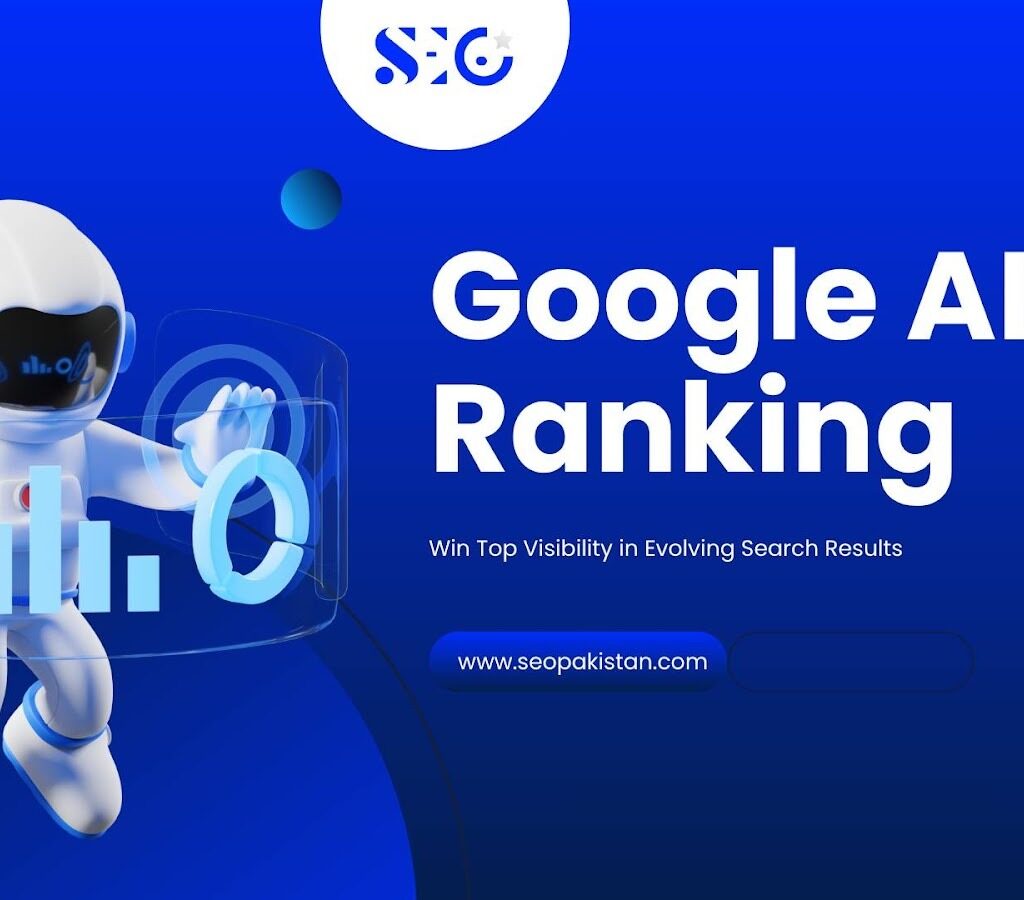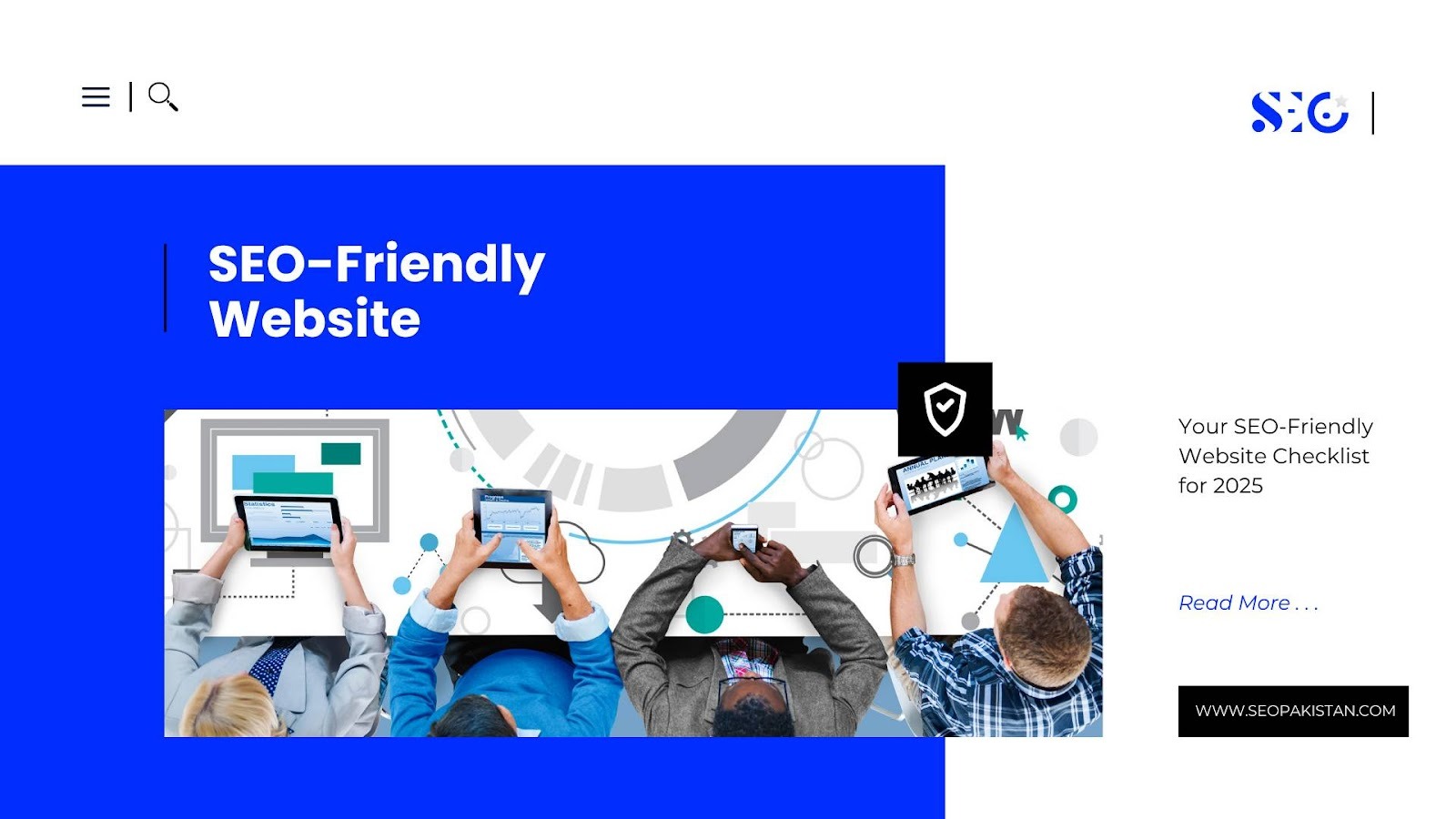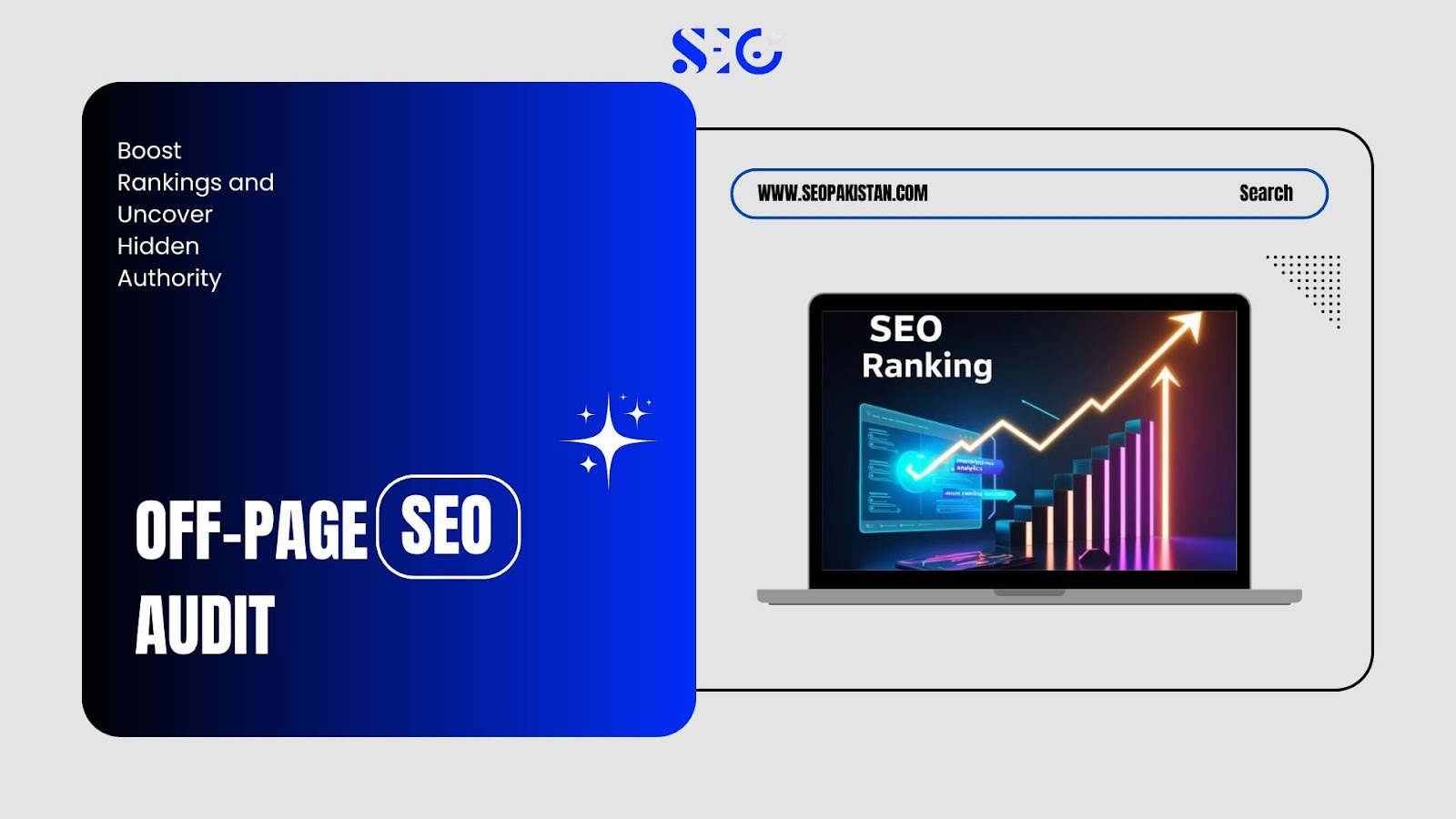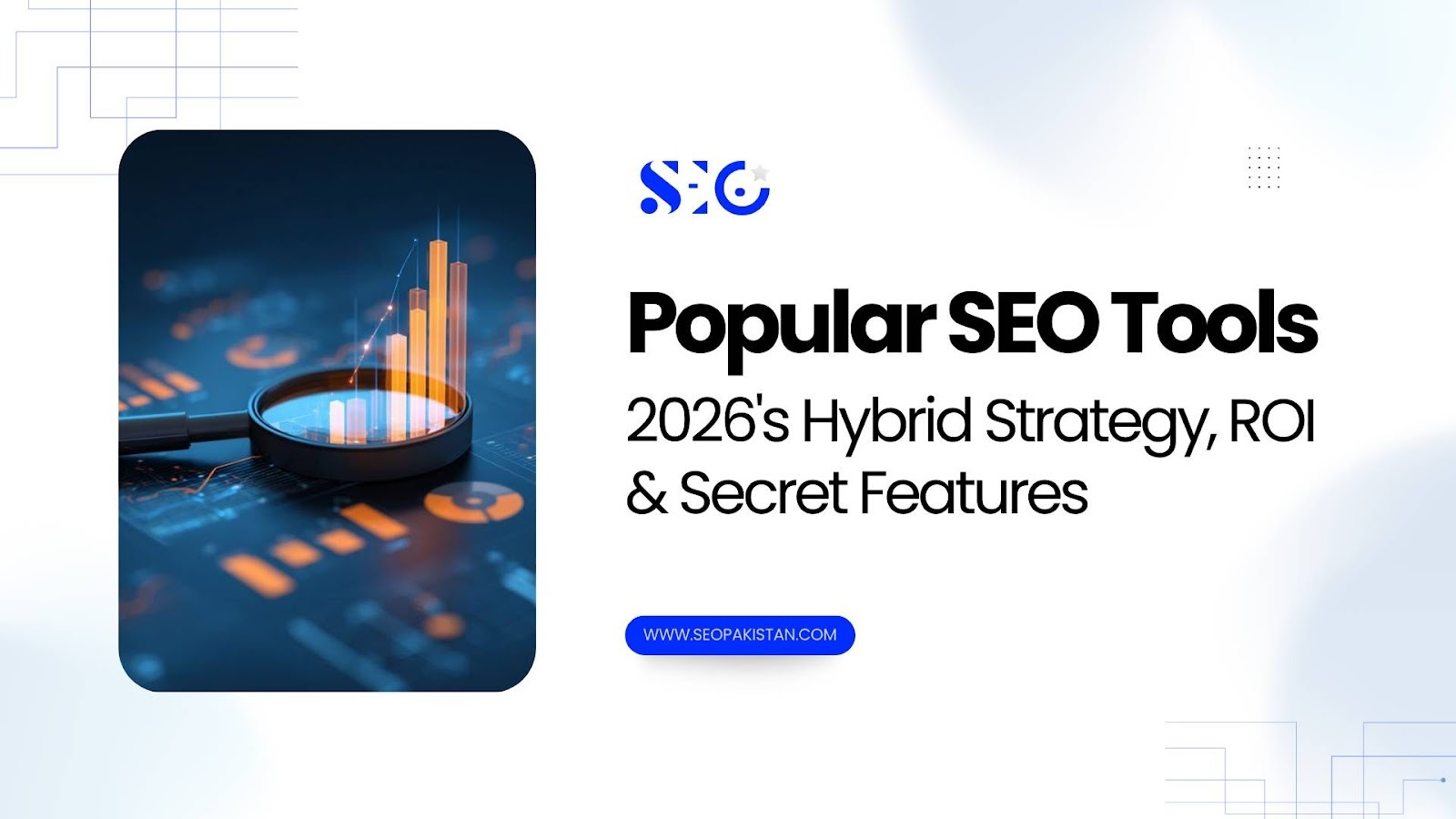Did you know that nearly half of users never scroll past the new AI-generated summaries in Google Search? Imagine your brand’s answer appearing instantly, no click required, just authority at a glance. Search engine results have evolved, and the old chase for the coveted “blue link” is quickly losing relevance.
The Google AIO ranking now determines which sites become the immediate source for millions of search queries. In this guide, you will uncover actionable strategies to optimize your content for these advanced overviews, empowering you to meet changing user intent and outpace the competition as search continues to transform.
This is a fantastic and timely guide focused on the future of search! Here is the Table of Contents, clearly structured for maximizing readability and professional reference.
Decoding the Answer Engine: Google AIO and the New SEO Lexicon
To succeed in today’s AI-driven search engine environment, you must understand Google’s AI and how it processes search queries and search intent. The terminology of SEO is rapidly expanding, reflecting changes in how search results are produced and displayed.
What is Google AIO Ranking?
Google AI Overview (AIO), previously branded as the Search Generative Experience (SGE), uses advanced generative AI, such as Google Gemini, to create AI-generated responses for users directly in the search results.
It compiles information from multiple trustworthy websites, presenting users with a single, up-to-date information source in place of fragmented blue links and featured snippets.
Here is how it works:
- A query from the user triggers a “Query Fan-Out,” performing analysis on several related searches simultaneously.
- Google’s AI conducts passage-level analysis, not just page-level, ensuring relevant content is pulled from within articles.
- Sources are chosen based on E-E-A-T: expertise, experience, authoritativeness, trustworthiness, and semantic relevance, ensuring only high-quality and accurate websites are included.
- Google’s Knowledge Graph and structured data play a crucial role as the AI generates a synthesized answer, citing 5-8 authoritative sources, frequently highlighting bullet points and concise answers in the process.
The Alphabet Soup of AI Optimization: Alternatives to AIO
Several terms have emerged to help professionals describe their strategies for Google’s evolving algorithms and search features, including:
- AEO (Answer Engine Optimization): Optimization with a focus on direct, short, and concise answers for informational queries and featured snippets.
- GEO (Generative Engine Optimization): Optimizing content to be cited by large language models and generative search systems such as ChatGPT, Gemini, or Google’s AI.
- AISO (AI Search Optimization): A more general term prioritizing semantic relevance, structured data, and natural language understanding.
While each acronym addresses a nuance of AI search, AIO (AI Overview) is most relevant for maximizing your visibility within Google’s current AI Overview Rankings and AI-generated summaries.
The New Metric of Success: Why Google AIO Visibility Matters
Visibility within AI Overviews is quickly becoming the key factor in the evolving search landscape. Securing placement in AI-generated responses provides urgent, measurable benefits for brands and local businesses.
Why Google AIO Ranking is Crucial?
First, AI Overviews dominate the prime real estate in Google search results, pushing organic search results and even paid ads further down. This is especially true on mobile, where AIO often appears above the fold and captures user intent right when it is strongest.
Second, links cited within these AI-generated summaries tend to generate higher-quality organic traffic, as users find these summaries more relevant and trustworthy after careful, curated evaluation by Google’s AI.
Third, AIO favors brands and other websites that exhibit strong E-E-A-T signals, establishing your content as an authority and providing a competitive edge over less-optimized sites. This influence extends across different formats text, video, and even local searches in Google Maps.
5 Key Benefits of Google AI Overview Result Ranking

- Zero-Click Authority: AIO provides branding and exposure even if users do not click, as your brand appears directly in the answer.
- Increased Content Diversity: AI Overviews and AIOS pull from a broader pool of sources than previous SERP features, enabling greater citation opportunities for diverse how-to guides, transactional content, and relevant content.
- Future-Proofing SEO: Adapting your SEO content strategy for generative AI ensures continued organic visibility despite shifting SERP features.
- Competitive Advantage: Outmaneuver competitors still fixated on traditional search results and blue link SEO tactics.
- Multimodal Exposure: Query types that involve video or images are increasingly common in Google Search, allowing content from YouTube and e-commerce platforms to be cited, increasing your brand’s visibility.
7 Secret Strategies: How to Engineer Your Content for Google AIO Selection
To thoroughly optimize for the new Google AI Overview and achieve top AI overview rankings, focus on these actionable strategies:
Fragment for Fame: Passage-Level and Bullet Point Optimization
- Break up content into short paragraphs, bullet points, and tables.
- Ensure each section or list item can independently answer informational or transactional searches.
- Prioritize clarity and concise answers that directly serve user intent.
- Apply schema markup to reinforce the article structure and passage relevance.
The LLM Matchmaking Protocol: Reverse-Engineer the AI’s Tone
- Audit existing AIO results and AI-generated summaries for your target informational searches.
- Mirror Google’s tone, sentence structure, and granularity in your own written content.
- Use structured data to map closely to how Google’s AI overview results are generated.
The Brand Citation Firewall: Prioritize Branded Search and Authority
- Increase branded search volume with campaigns targeting local businesses, e-commerce platforms, and high-authority domains.
- Cross-check Google Search Console and Google Search Console data for brand mentions and citation rates.
- Build trust through consistent, quality content and transparent entity information, as trustworthy websites are more likely to be cited.
Target the Impossible Question: Optimize for Complex, Informational Intent
- Focus on longer, multi-part, and comparative search queries, which Google AI calls “how to” or “dive deeper” queries.
- Optimize for both informational and transactional queries, adjusting for nuanced search intent.
- Include how-to guides and FAQ schema so that your content aligns with the AI’s expectation for varied, up-to-date information.
The Unofficial Rulebook: Control with data-nosnippet and robots.txt
- Use data-nosnippet to protect sensitive data and direct Google AI’s attention to your most relevant passages.
- Ensure robots.txt allows proper crawling; check Google Search Console for errors that might block AI-driven extraction.
Beyond Text: Embed High-Value Video and Multimodal Signals
- Embed YouTube videos and high-resolution images to increase multimodal exposure, especially for transactional searches and “how-to” guides.
- Align video content with your written information; synchronize video titles, descriptions, and transcripts with your page’s informational aim.
Schema is the Blueprint: The Knowledge Graph Connector
- Move beyond simple schema; add FAQ, HowTo, and Product markup where relevant.
- Ensure structured data matches visible content and is up to date, allowing Google’s Knowledge Graph to accurately associate your brand.
- This enhanced schema signals trust and makes your site a prime candidate for inclusion in AI overviews.
Tracking Google AIO Visibility: The Analytics Paradigm Shift

Why Traditional SEO Platforms Do Not Work for AIO Tracking
Traditional tracking for average position or keyword rankings does not capture the full picture in AI Overview Rankings and AI summaries. Google Search Console data and reports focus on organic search results and may overlook citations gained through AIOs.
AIO tracking must focus on:
- Brand Mentions and Citation Rate: Use Google Search Console and third-party SEO platforms designed to detect when your brand or URLs are mentioned in AI-generated responses.
- Analyzing Informational and Transactional Queries: Measure coverage across a wide spectrum of user behavior and search intent, not just clicks or impressions.
How to Track Your Brand in Generative AI and Google AI Overview Results
- Compile prompt lists using People Also Ask, your SEO platforms, and competitive research.
- Monitor AI visibility score and citation rate from your most relevant queries.
- Stay up to date with tools built for Google’s AI Overview, Google Gemini, and SERP feature changes.
Implementation & Requirements for AI Overviews
Mastering Google AIO rankings means ensuring your site and content follow technical best practices and meet Google’s evolving requirements for trustworthy content.
Google AIO Ranking Requirements
| Category | Requirement | Description |
| Indexing | Standard Search Eligibility | Ensure your site is crawlable by Googlebot and not blocked by robots.txt. Content must not have a noindex tag. |
| Structure | Clear Headings & Formatting | Use H2s/H3s for how-to queries, break up with bullet points and tables, and favor concise structure. |
| Authority | Strong E-E-A-T Signals | Show author bios and external citations. Prioritize quality content and accurate information. |
| Schema | Matching Structured Data | Implement schema markup (HowTo, FAQ, Product) that faithfully reflects page content and intent. |
Industry-Specific AIO Implementation
- Finance/Health (YMYL): Emphasize trustworthy content, professional credentials, and structured schema.
- E-Commerce Platforms: Optimize for product and comparison queries, using media-rich content aligned with transactional intent and local searches where AIO appears.
- How-To/Software: Prioritize step-by-step guides with detailed schema and visible callouts so the AI easily finds answers for action queries.
Conclusion: Evolving with Google’s AI Overview
Success in the evolving search landscape goes beyond traditional rankings; it is about becoming the answer that users and Google trust. With Google AIO ranking, your focus should be on crafting quality content, using a clear structure, and implementing accurate schema markup to gain visibility in AI Overviews.
Review your most important pages, optimize for passage-level answers, and align every strategy with AI-generated summaries and user intent. Continuous improvement, smart tracking, and proactive adaptation keep you a step ahead.
Start optimizing today with seo pakistan, prioritize concise answers, bullet points, and relevant structured data to ensure both users and search engines recognize your brand as the authoritative solution in search results.
Frequently Asked Questions
What is Google AIO?
Google AI Overview (AIO) is a feature in Google Search that uses generative AI to provide a quick, synthesized summary at the top of the results page. It pulls information from multiple web sources to directly answer complex user queries, reducing the need to click on individual links.
Is Google the #1 search engine?
Yes, Google is the dominant search engine globally, holding the largest market share by a significant margin. It processes the vast majority of search queries worldwide across desktop and mobile devices, making it the primary focus for most SEO and digital marketing efforts.
Is Google ranking AI content?
Google’s ranking systems prioritize high-quality, helpful, and reliable content, regardless of how it is produced. AI-generated content can rank if it meets these standards and demonstrates expertise, experience, authoritativeness, and trustworthiness (E-E-A-T). However, low-quality, spammy AI content will likely perform poorly.
What is Google SEO ranking?
Google SEO ranking refers to a webpage’s position in the organic search results for a specific query. A higher ranking means greater visibility to users. This position is determined by Google’s complex algorithms, which evaluate hundreds of factors like relevance, authority, and user experience.
How to rank no 1 in Google search?
Ranking number one involves a comprehensive SEO strategy focused on creating high-quality, relevant content that satisfies user intent. It also requires building strong site authority through backlinks, ensuring technical soundness, and providing an excellent user experience. There is no single formula, as it is a highly competitive and ongoing process.
How to get featured in Google AI overview?
To get featured in a Google AI Overview, structure your content with clear, concise answers to specific questions. Use strong headings, implement relevant schema markup, and establish your site’s authority (E-E-A-T) on the topic. The goal is for your content to be seen as a reliable source for the AI to synthesize.













